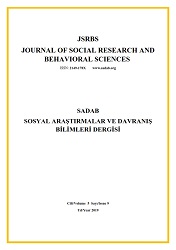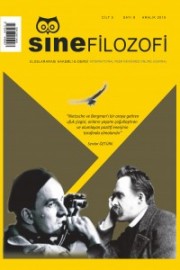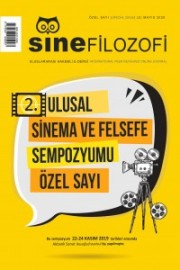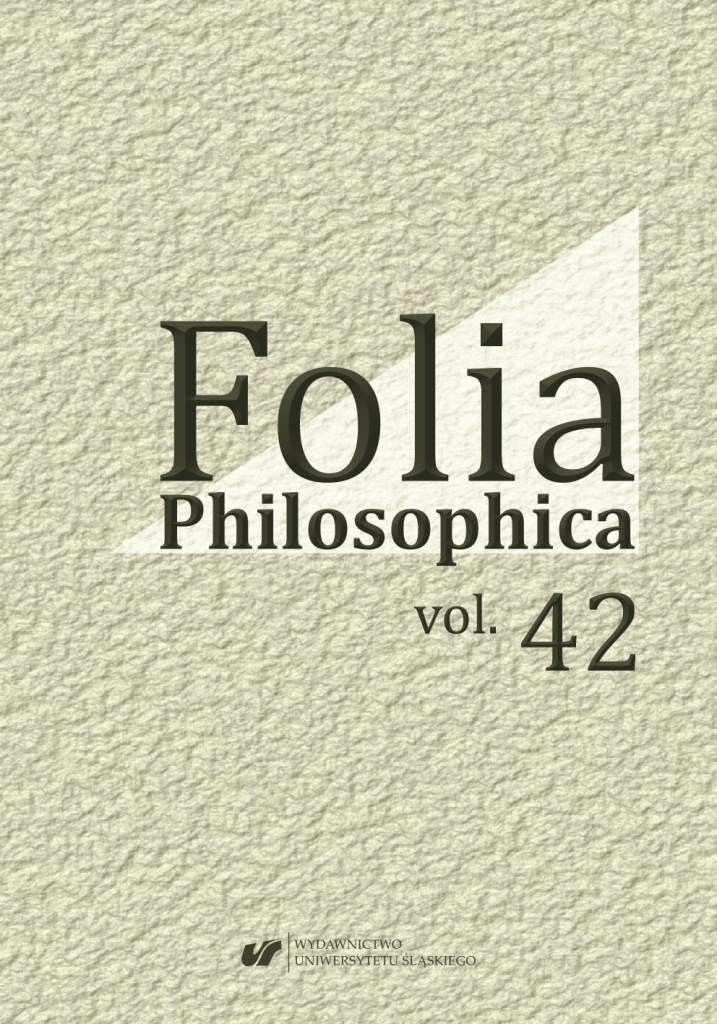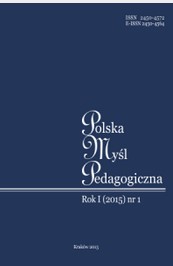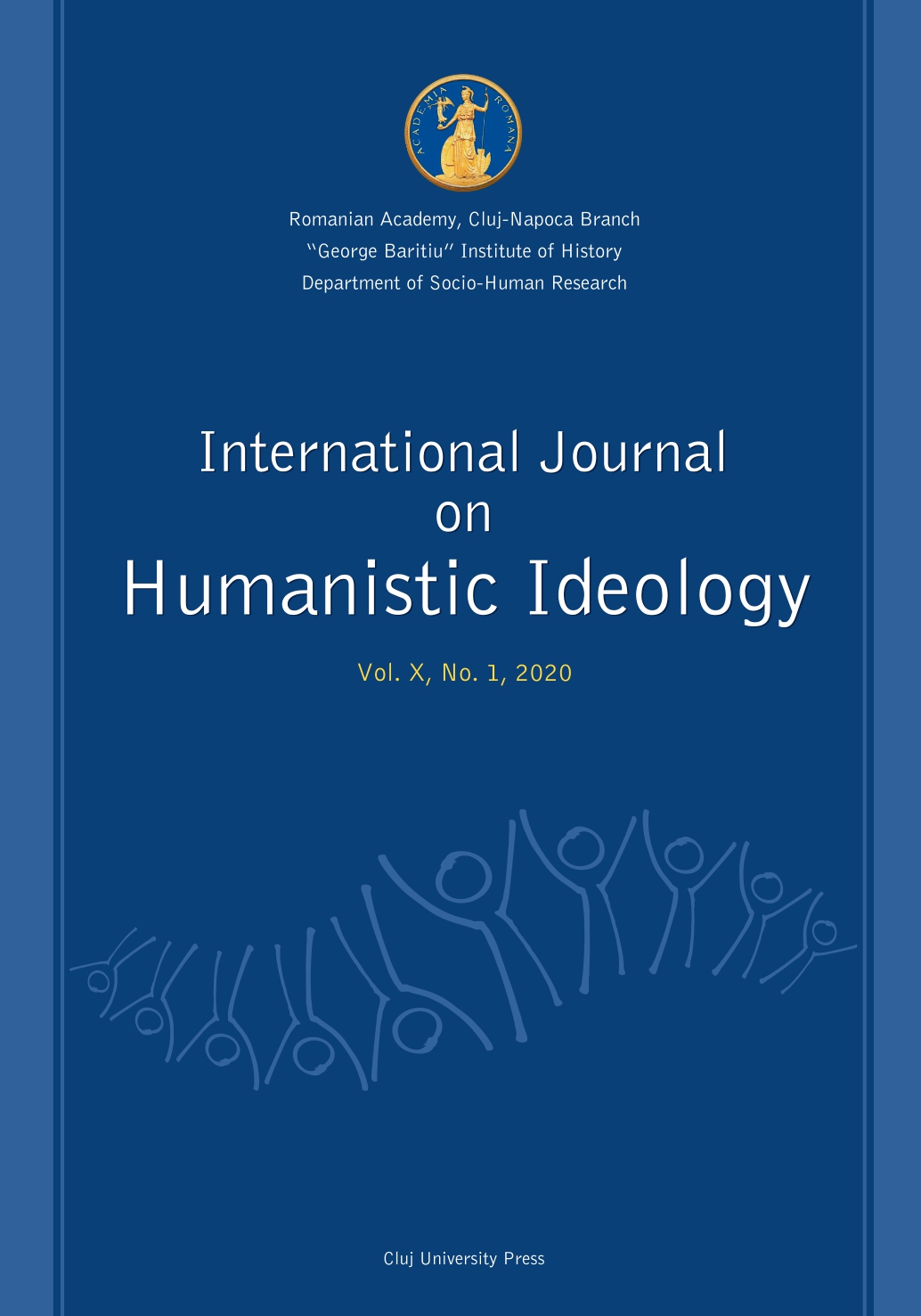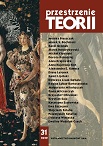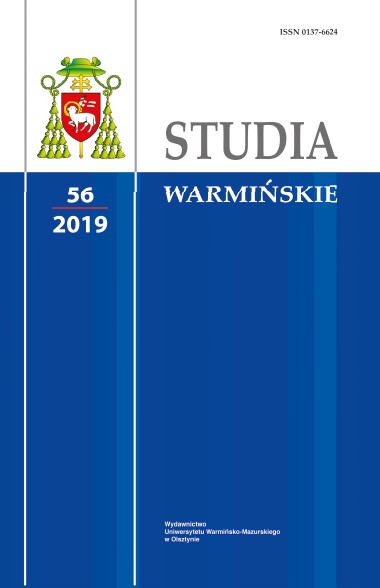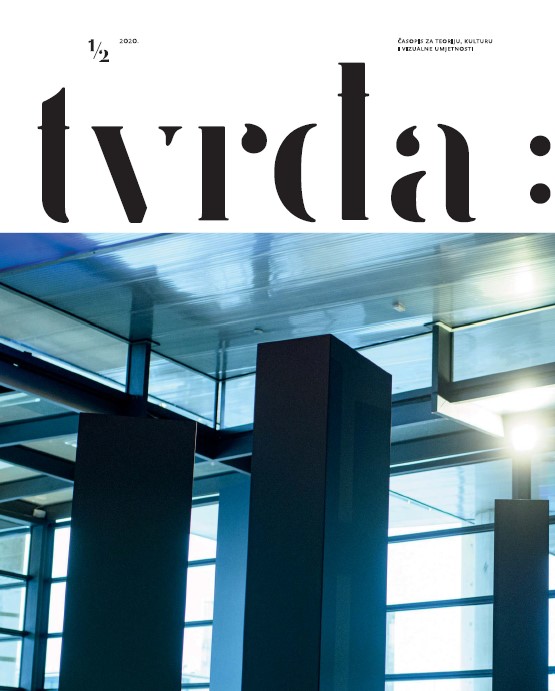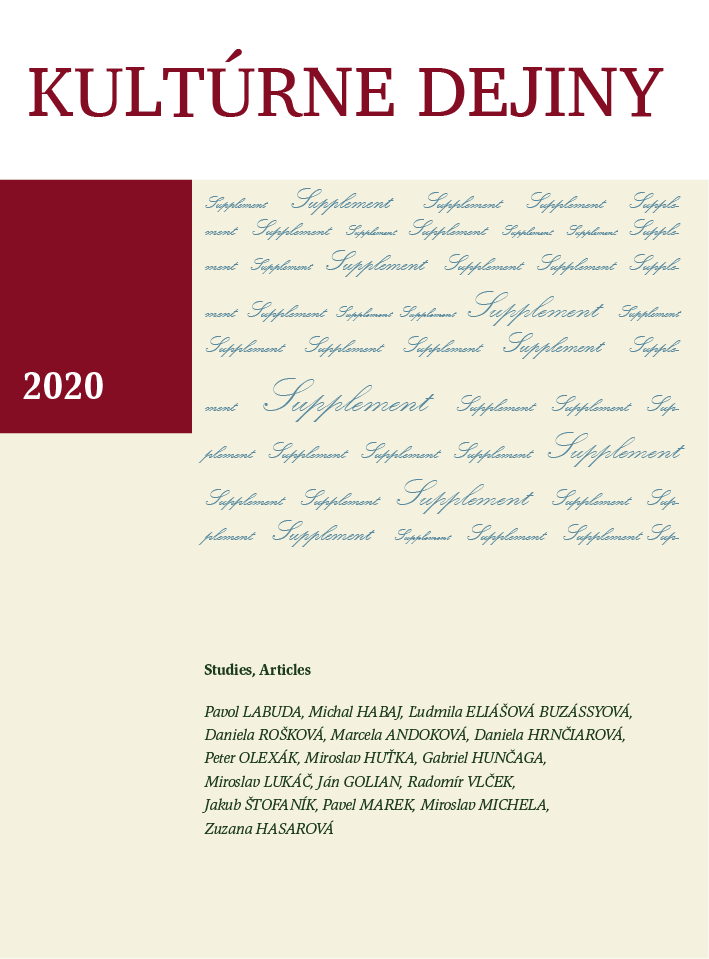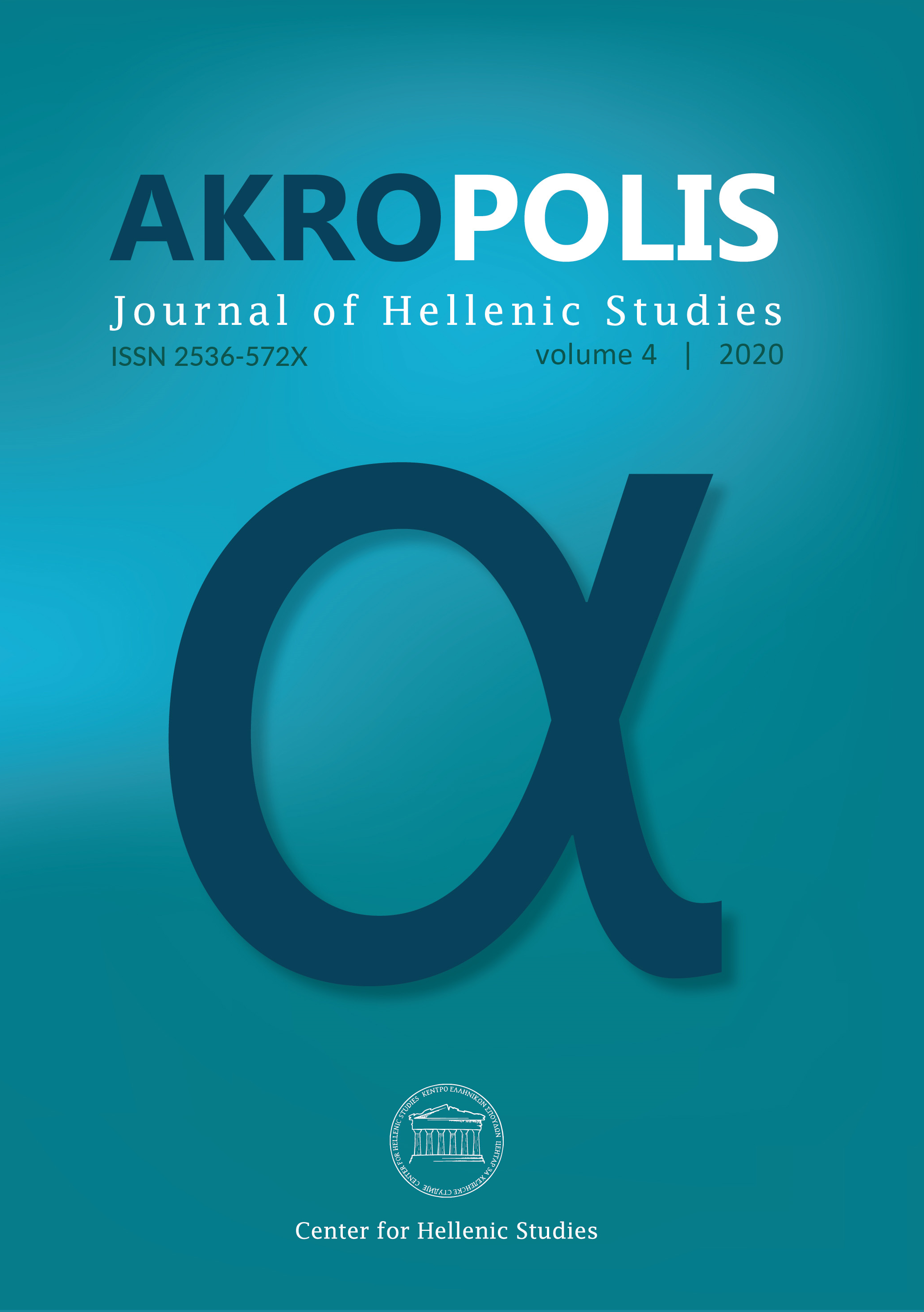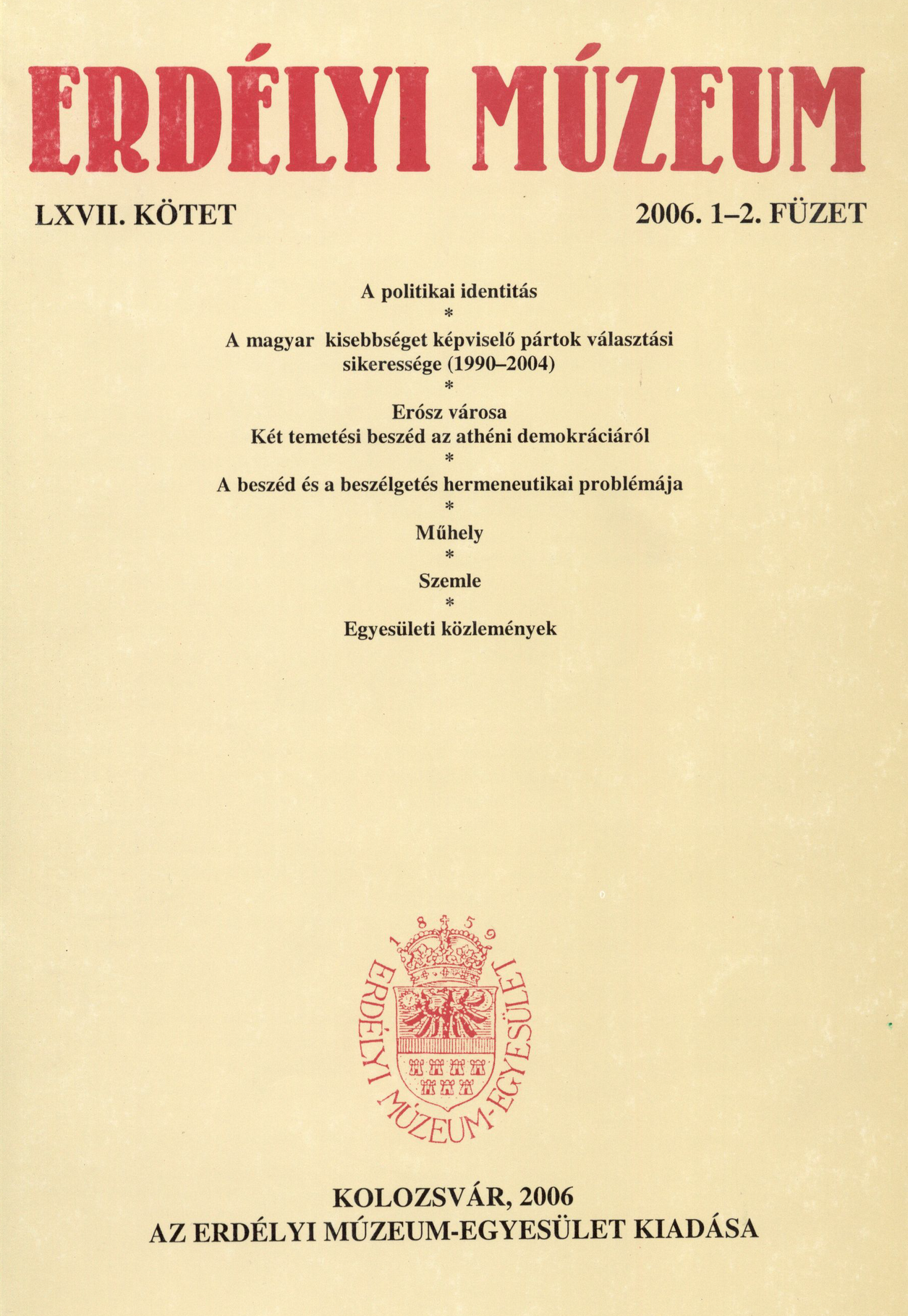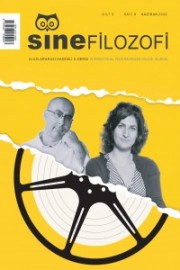
Korku Sinemasının Cazibesi Üzerine Felsefi Ve Psikolojik Bir İnceleme
Horror cinema is a genre that is popular in every period of cinema history. This study explores the reasons and results of attraction of fear. For this purpose, the subject of tragedy, which is an example of horror-related works in Ancient Greece, is discussed and then Aristotle’s view of tragedy is explained. In this study, it is discussed whether such a purification is possible for the audience watching horrorthriller films. Aristotetle says in his book Poetics that the purpose of the tragedy and the tragic is to purify the soul by acting from the feelings of fear and pity (catharsis). The concept of catharsis, which Aristotle used when examining the tragedy, means that cleansing man from passions and fears, purifying his/her soul. According to Aristotle, the purpose of the art is not only to create an aesthetic pleasure in the person. The work of art should also purify one’s soul and make it achieve a higher mental and moral insight. Thus, works of art and especially tragedy is a means for the audience to reach their own consciousness (γνῶθι σεαυτόν, gnothi seauton, know thyself). Some determinations about the tragedy audience by Aristotle can lead us to investigate one aspect of the human-nature: What is the reason of attraction of the people to the works that are filled with pain, fear, tension and some disgusting elements? Is it the purification by watching them made the horror-thriller and melodrama movies very popular today? In this study, we examine the psychological process of fear in the body and investigate its relationship with psychology and neuropsychology for researching the horror movies aforesaid context. According to this research, it is revealed that the fear created by horror films is not real. The main reason for the intense interest in such films is the result of social -and existential- life of human. Suffering from existence and dealing with the troubles in daily life, turns mankind to watch some other’s pain and fear, thus they can get rid of theirs. The audience actually tries to get rid of the state of existence that creates the crisis by watching the horror movie. For the audience, purification means forgetting their own existence and life. It is not a catharsis in the sense that Aristotle mentioned, This is forgetting yourself through the pain and fear of someone else.
More...
